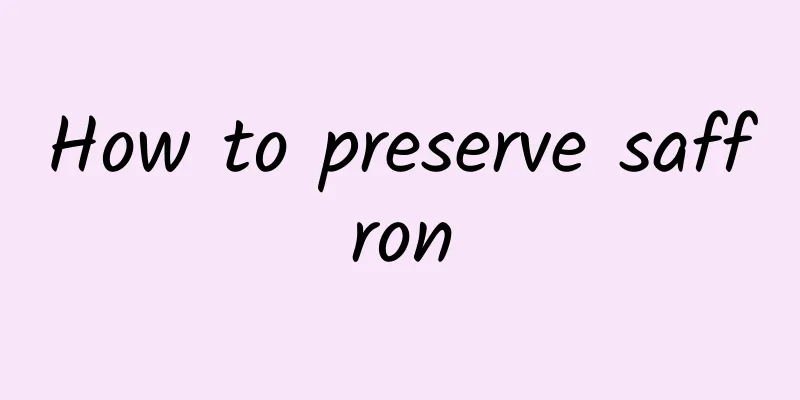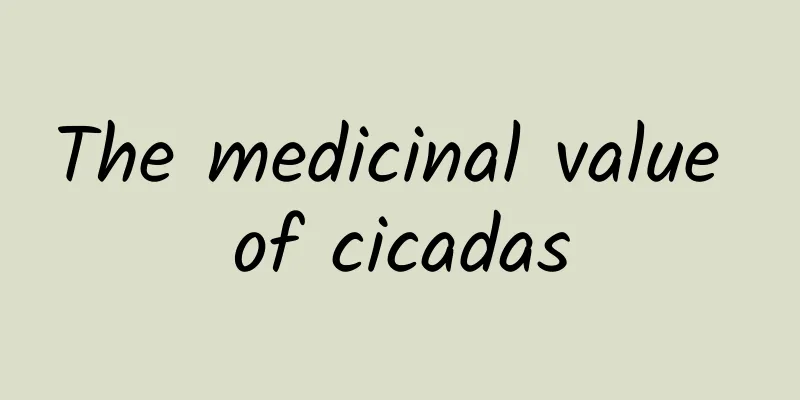How to preserve saffron

|
When it comes to the preservation of saffron? Everyone must be wondering what it is and what it is used for? Saffron, as its name suggests, mainly comes from the Tibetan minority areas. It is a lucky star in the hearts of the Tibetan people. It is a very unique plant that can be used as both a medicinal material and a food ingredient. Many locals also make it into essential oil, which can be applied on the body in summer to repel mosquitoes, etc. Saffron is harvested from high-altitude areas with an altitude of more than 5,000 meters. Saffron, also known as crocus or saffron, is native to Greece, Asia Minor, Persia and other places. Saffron was introduced to Tibet via India and then to mainland my country from Tibet. Therefore, people mistakenly believed that the saffron transported from Tibet to the mainland was produced in Tibet and called it "saffron". It is a world-famous "Tibetan medicine", but saffron is not produced in Tibet. Saffron has unique medicinal effects and is especially famous for its ability to promote blood circulation and nourish blood. In the East, saffron cultivation was introduced from Persia to Kashmir. Saffron is also widely used in the upper class of India, and cloth dyed with bright yellow saffron water is a special item for the Indian royal family. According to legend, because of his status as a prince, Sakyamuni used cloth dyed with saffron water for his robes. After his death, the pure yellow color of saffron water officially became the color of Buddhist robes. Subsequently, saffron became a symbol of auspiciousness and holiness. Saffron is a raw material approved by my country's Ministry of Health for both medicinal and edible use. It has the effects of nourishing blood, promoting menstruation and activating blood circulation, promoting new blood circulation and removing blood stasis, and improving immune function. It is a good medicine for cardiovascular, cerebrovascular, and gynecological diseases. It is particularly effective in treating hemiplegia, facial paralysis, numbness of hands and feet, and tremors caused by brain diseases. Saffron prepared into a prescription can clear the liver and spleen meridians, promote body fluid production, nourish the skin, warm the kidneys and strengthen yang. When storing saffron, be sure to protect it from moisture and light. This is because saffron stigma is easily affected by moisture and moldy, and chemical changes are easily caused under light. Therefore, saffron should be stored in a dry container, sealed, placed in a cool and dry place, and kept away from light. It is best to store saffron in a dry glass bottle, tighten the cap and seal it with wax, and then keep it in the refrigerator. The preservation methods of saffron are those introduced above. Only by mastering the preservation methods of saffron can the medicinal effects of saffron be maximized and the loss of medicinal ingredients be avoided. In addition, it is a traditional Chinese medicine with no side effects on the body. It can effectively promote blood circulation and remove blood stasis, and is also very helpful for bruises and injuries. |
<<: Functions of Cnidium monnieri Extract
Recommend
The stomach is most afraid of these "several things". One more thing will bring you closer to gastric cancer! Doctors: Many people are diagnosed at the late stage
Expert of this article: Hu Zhongdong, chief physi...
Effects and points of action of Dendrobium officinale
In daily life, eating Dendrobium regularly is ver...
The efficacy and function of saponins
We can often see water soap beans in our daily li...
What are the medicinal values of tea?
With the continuous improvement of real society, ...
The magic medicine for nourishing the kidneys, moistening the lungs and lowering the three highs is hidden in the bushes
Polygonatum sibiricum is produced in both the nor...
The efficacy and function of Dashan sesame
The medical value of mountain sesame is beyond ou...
The efficacy and function of King Kong vine
There are so many medicinal herbs in the world, a...
"Ginger soaked in vinegar" can nourish the stomach, lose weight and remove dampness? Don't believe it anymore
Rumor: "'Ginger soaked in vinegar' c...
Cefuroxime Axetil Tablets
Cefuroxime axetil tablets are an anti-inflammatory...
Benefits of drinking water with Centella asiatica
Nowadays, many people pay more attention to Chine...
Why do public toilets have a gap under the door? It’s out of caring…
A survey by the Chinese Center for Disease Contro...
Hot search! The price of "top midnight snack" crayfish has dropped! But 4 types of people should be cautious when eating it
Recently, information related to the price reduct...
The efficacy and function of Coptis chinensis
Chinese medicinal materials are very effective in...
Ginseng and wolfberry wine recipe
Using ginseng and wolfberry to make wine can have...









